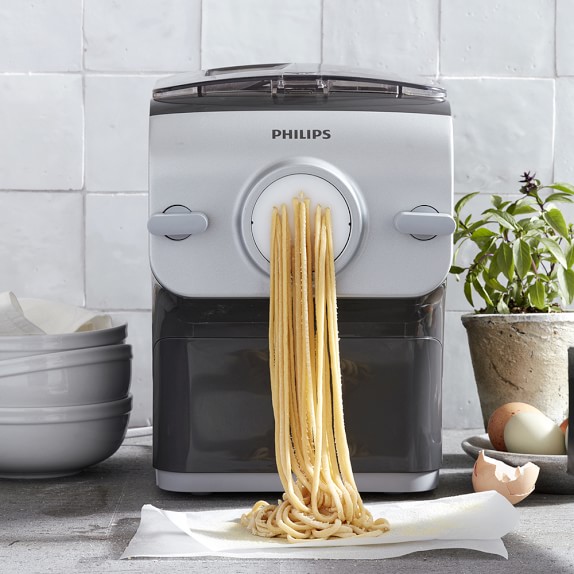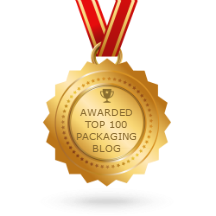 Loading... Please wait...
Loading... Please wait...Blog - Blow molding
Blow Molding Explained - How PET Jars and Containers are Manufactured!
Posted by Linda Thell on 08-07-2025

Blow molding is a manufacturing process that allows hollow plastic parts to be formed. Air pressure is used to inflate soft plastic into a mold cavity. The technology of blow molding comes from the glass industry; and plastics compete in the disposable and recyclable bottle market. The three main types of blow molding are: extrusion blow molding, injection blow molding, and injection stretch blow molding. Blow molding can make containers and jars such as blow-molded PET or PETE Jars and Containers for Packaging.
According to Customparts.net, parts made from blow molding are plastic, hollow, and thin-walled, such as bottles and containers that are available in a variety of shapes and sizes.
Blow molding is an important industrial process for making one-piece hollow plastic parts with thin walls, like plastic soda bottles, or water cans, or shampoo bottles. We are hence exposed to blow molded products throughout our daily lives.
Blow molded product examples:
- Bottles
- Shampoo bottles
- Watering cans
- Coolers
- Toys
- Containers
- Trays
How does the blow molding process work?
Blow molding is a two part plastic manufacturing process.
The first part of this plastic manufacturing technique starts by creating starting tubes of molten plastic, called Parisons. These are needed as the base for the extrusion blow molding process, regardless of the type of plastic bottle, container or part that is being created. After the Parisons are fabricated and ready to be blow-molded, the second part of the process can begin. If however, we are talking about injection blow molding or injection stretch blow molding, the first step in that process is called making a Preform, and not a Parison.
The second part of the manufacturing process is the air inflating of the tube or preform to the desired shape.
Forming it into the final product shape is done by either of three processes:
1 Extrusion blow molding,
2. Injection blow molding, or,
3. Injection stretch blow molding.



The PETE jars offered by Parkway are blow molded. Learn more about Parkway’s selection of PET jars, container and packaging here.
PET and PETE = Same thing. Polyethylene Terephthalate - Very usual thermoplastic that is widely blow-molded across the world into shapes and forms of jars, bottles, containers and packaging.
Side note: That peanut butter jar in your fridge, that's PET (PETE) for you.
1. Extrusion Blow Molding (EBM)
- 1. Parison Extrusion
- 2. Blowing
- 3. Cooling
- 4. Ejection
The extrusion blow molding process starts with a parison, as explained above. Hot air is blown into the hollow tube (the parison), which inflates the tube into a hollow part, depending on the shape of the mold cavity. Extrusion blow molding parts can include plastic bottles, containers or jars. After the plastic has cooled off, the mold opens and the blow molded part is ejected and replaced by a new parison to repeat the process.
Tool: Die
2. Injection Blow Molding (IBM)
- 1. Injection
- 2. Blowing
- 3. Ejection
The process starts by injection molding the polymer into a heated cavity, onto a core pin.
The cavity mold forms the outer shape of the part and is based off a core rod which shapes the inside of the preform. The preform is shaped as a jar-or-bottle-Neck with a large amount of polymer attached to it. This polymer will eventually form the body of the jar. After the Preform mold opens, the core rod brings the part to the blow station. The core rod in which the part is attached to, opens up at its end and compress air into the preform. At this final station, the plastic part gets blown, cooled, and then ejected.
This manufacturing method is used for very small containers, including pharmaceuticals and hospitality samples. Milacron, an industrial machine brand with injection molding machines widely used by Parkway Plastics, is also a manufacturer of Injection Blow Molding Machines. The injection blow molding technique is used for the production of hollow objects in large quantities. This method is however, the least common of the three different blow molding techniques among manufacturers today.
Tool: Mold
The difference between EBM and IBM:
The main difference between extrusion blow molding and injection blow molding is that extrusion involves the plastic to get squeezed through a mold, called a die (in “blow molding language”). Think of it like extruding pasta dough through a machine, where you can adjust the thickness, length and shape of the pasta. You don’t place a mold onto the pasta; you push the pasta through the mold.

The words that set “injection blow molding” and “extrusion blow molding” apart are the words “through a die”, and “into a mold”.
Let me explain: Extrusion blow molding squeezes the plastic through a die to make a blow molded part; whereas, Injection blow molding pushes the plastic into a mold, then ejecting the part and inflates it with air once cooled off.
The last blow molding technique that I intend to explain is the Injection stretch blow molding method.
This blow molding technique is widely used with PET material in the manufacturing process of containers and bottles:
3. Injection Stretch Blow Molding
- 1. Injection
- 2. Stretching
- 3. Blowing
- 4. Discharge
Similar to the injection blow molding process, molten polymer flows into the injection cavity on a hot runner block in order to make the Preform. The core pin produces the inner diameter just like explained for the injection blow molding process, the core pin creating the inside, whereas, the injection cavity shapes the outside of the preform. After the injection molding, the part is held in its neck and rotated 90 degrees. Once in the right temperature, the preform gets stretched and air infused (blown) into its finished shape. When the preform is in its Blow-mold area, the molds close and a stretch-rod will stretch the part using two levels of air pressure. After its cooled off, it will get discharged.
Products that are typically produced using this method includes but is not limited to: Carbonated and soft drink bottles, Cooking oil containers, chemical containers, Health and oral hygiene products, and Bathroom and personal care products.
Ref.
https://www.sinotech.com/resources/tutorials/blow-...
http://www.custompartnet.com/wu/blow-molding

Common Uses, Advantages and Disadvantages, and FAQs about HDPE Plastic Packaging
Common Uses, Advantages and Disadvantages, and FAQs about HDPE Plastic Packaging The following article points out some common uses, as well as the advantages and disadvantages of of HDPE. (1) HDPE is recyclable and "great for blow-molding applications, particularly food and beverage containers because it won't leach into the bottles' contents.High-density polyethylene or HDPE is a commonly used [...]

How are Plastic Jars made? - Injection Molding vs. Blow Molding - Plastic Jar Manufacturing
Blow-molded jars or injection-molded jars, that is the question. If you are undecided, like many undecided voters out there today, then this comparison on plastic jar manufacturing processes might help you out. Plastic Jars are either Blow Molded or Injection Molded. If you've done your research, you probably know that Injection molded jars mean materials in Polypropylene (PP), and Polystyrene (PS); [...]
Recent Posts
- » Buy Custom Plastic Jars Direct from Manufacturer - Parkway Plastics
- » California Packaging Regulations and You! How does Parkway stack up? Parkway Plastics Meets CA Rigid Plastic Packaging Container Laws!
- » Blow Molding Explained - How PET Jars and Containers are Manufactured!
- » How Reusable Packaging Can Help Improve Your Brand Image & Costs | Safe Plastic Jars for Reuse | Optimize Your Supply Chain with Reusable Plastic Jars and Packaging |
- » Parkway Now Offers Child Resistant Closures | CRC |

